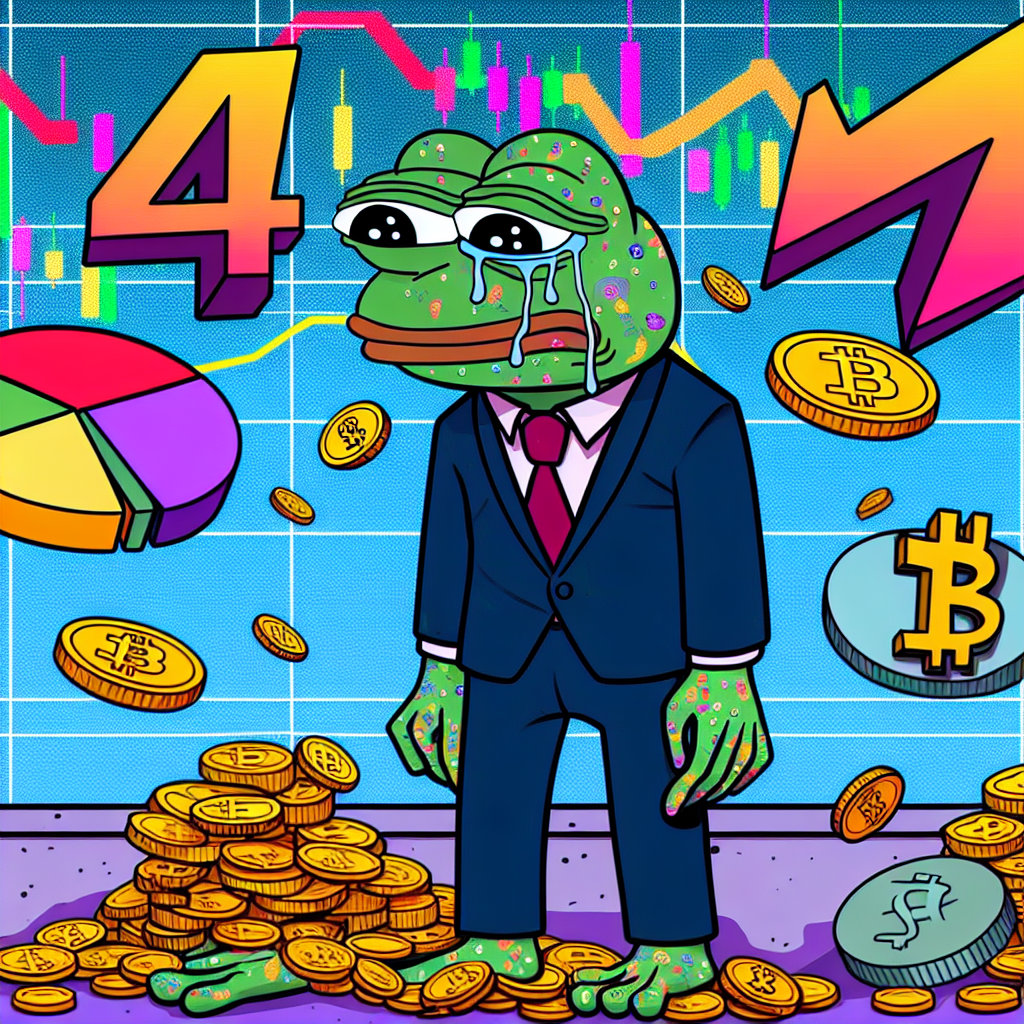When the globe’s top crypto marketplace by trading volume dropped support for a handful of stablecoins, reactions ranged from stunned disbelief to grudging applause — including from the issuer of the very largest stablecoin facing the boot.
On Monday, Binance declared it would no longer facilitate trading of USD Coin (USDC), Paxos Dollar (USDP), and TrueUSD (TUSD). Starting late September, deposits in these coins will be automatically swapped into Binance’s native token, Binance USD (BUSD), effectively centralizing stablecoin liquidity around its own asset.
The Pulse of the Stablecoin Universe
Stablecoins serve as vital bridges linking traditional fiat currencies like the U.S. dollar to the dynamic world of blockchain assets. By pegging their value to real-world assets, they provide crypto traders with a much-needed anchor amid market turbulence. Notably, the combined valuation of stablecoins has surged from under $20 billion just two years prior to an eye-watering $160 billion today.
According to CryptoCompare’s latest figures, in the past 24 hours, a staggering 80% of all Bitcoin (BTC) trades and 60% of Ether (ETH) transactions on exchanges were executed against U.S. dollar-pegged stablecoins — underscoring their overwhelming importance.
Market Titans and Trading Volumes
Binance processes an average daily volume of roughly $20 billion, eclipsing its closest rival, FTX, by about eightfold in transaction volume, as Coinranking data reveals. This dominance meant the announcement triggered a flurry of debate, with critics suggesting Binance is leveraging its muscle to boost its $19 billion BUSD token while subtly privileging Tether’s USDT ($67 billion market cap) against a similarly formidable $52 billion USDC.
Yet, perhaps counterintuitively, Jeremy Allaire, CEO of Circle—the corporation behind USDC—tweeted an optimistic outlook, suggesting this shake-up will likely funnel more USDC into Binance’s ecosystem.
“BUSD’s Limited Reach May Boost USDC”
Because BUSD’s use remains largely confined to Binance itself, Allaire argues this shift could favor USDC as the preferred stablecoin across centralized (CEX) and decentralized exchanges (DEX). He explains, “Unified dollar liquidity pools simplify and incentivize moving USDC in and out of Binance for trading pivotal markets.”
A spokesperson from Binance clarified their intent was to streamline stablecoin liquidity on the platform, emphasizing that this strategy was coordinated in advance with Circle and other involved parties.
Industry Voices Weigh In
Evgeny Gaevoy, co-founder of crypto trading giant Wintermute, concurred that USDC stands to gain from Binance’s pruning. He tweeted, “This isn’t a USDC delisting — rather a pivotal step for U.S.-native stablecoins to chip away at Tether’s USDT dominance.”
User Benefits? The Security Angle
Binance’s reduction in stablecoin pairs isn’t just strategic; it ostensibly offers safeguards for users, according to Paxos Trust Co., issuer of USDP and Binance’s chosen BUSD.
Rich Teo, Paxos Asia’s co-founder and CEO, told CoinDesk that BUSD is regulated by the New York State Department of Financial Services (NYDFS) and backed by reserves held in a “bankruptcy remote trust,” providing enhanced consumer protections.
| USDT (Tether) | $67 billion | Limited |
| USDC (Circle) | $52 billion | Moderate |
| BUSD (Binance/Paxos) | $19 billion | NYDFS Supervised |
| USDP (Paxos) | Smaller Scale | Regulated |
Analyst Clara Medalie from Kaiko observed the trading volumes for USDC, TUSD, and USDP pale in comparison to USDT and BUSD on Binance, highlighting that these lower volumes inherently generate wider spreads and hidden costs for traders.
“#Binance is ditching $USDC, USDP, and TUSD pairs, switching deposits and withdrawals to #BUSD automatically. These three stablecoins barely make a dent compared to #USDT and BUSD volumes.”
— Clara Medalie (@Clara_Medalie)
Despite initial controversies, Medalie suggests this consolidation could sharpen price discovery and boost overall liquidity on Binance, although it may accelerate market centralization in Binance’s favor and amplify control over its own stablecoin products.
Controversies and Criticism
While the move garnered largely favorable commentary, Circle expressed reservations over Binance’s unilateral asset conversions.
A Circle spokesperson indicated to CoinDesk: “Though concentrating dollar liquidity on the world’s leading exchange might carry perks, it inevitably stirs questions about fair market conduct and competitive balance.”




